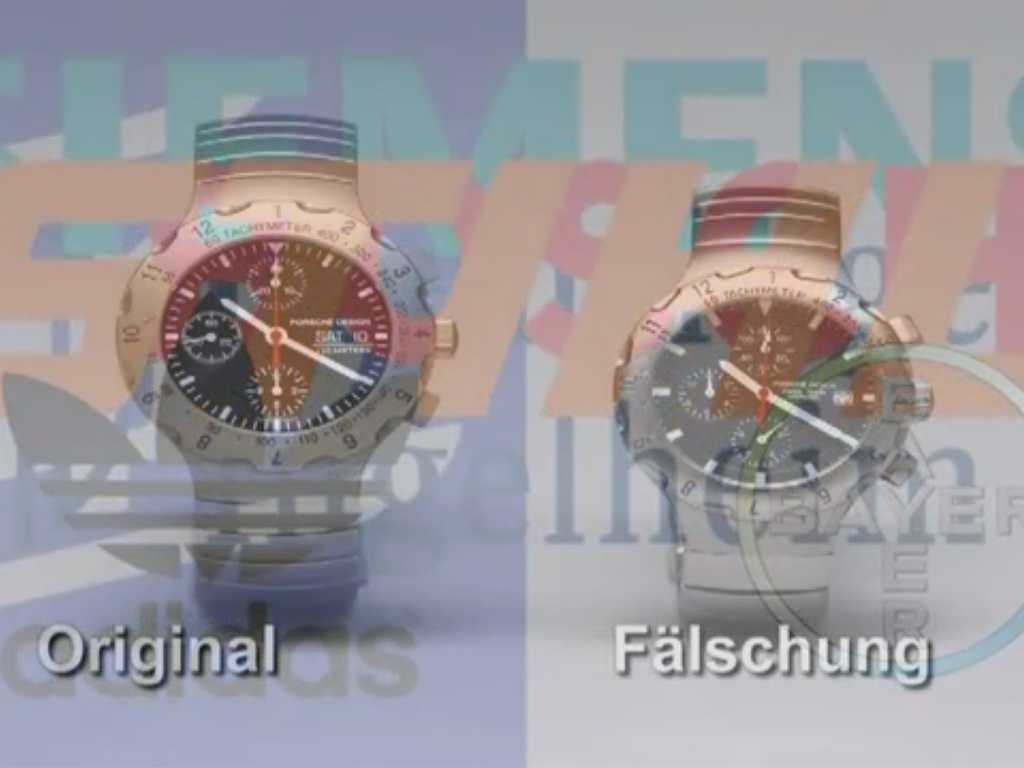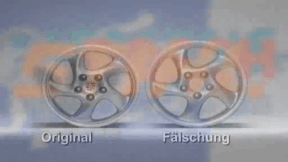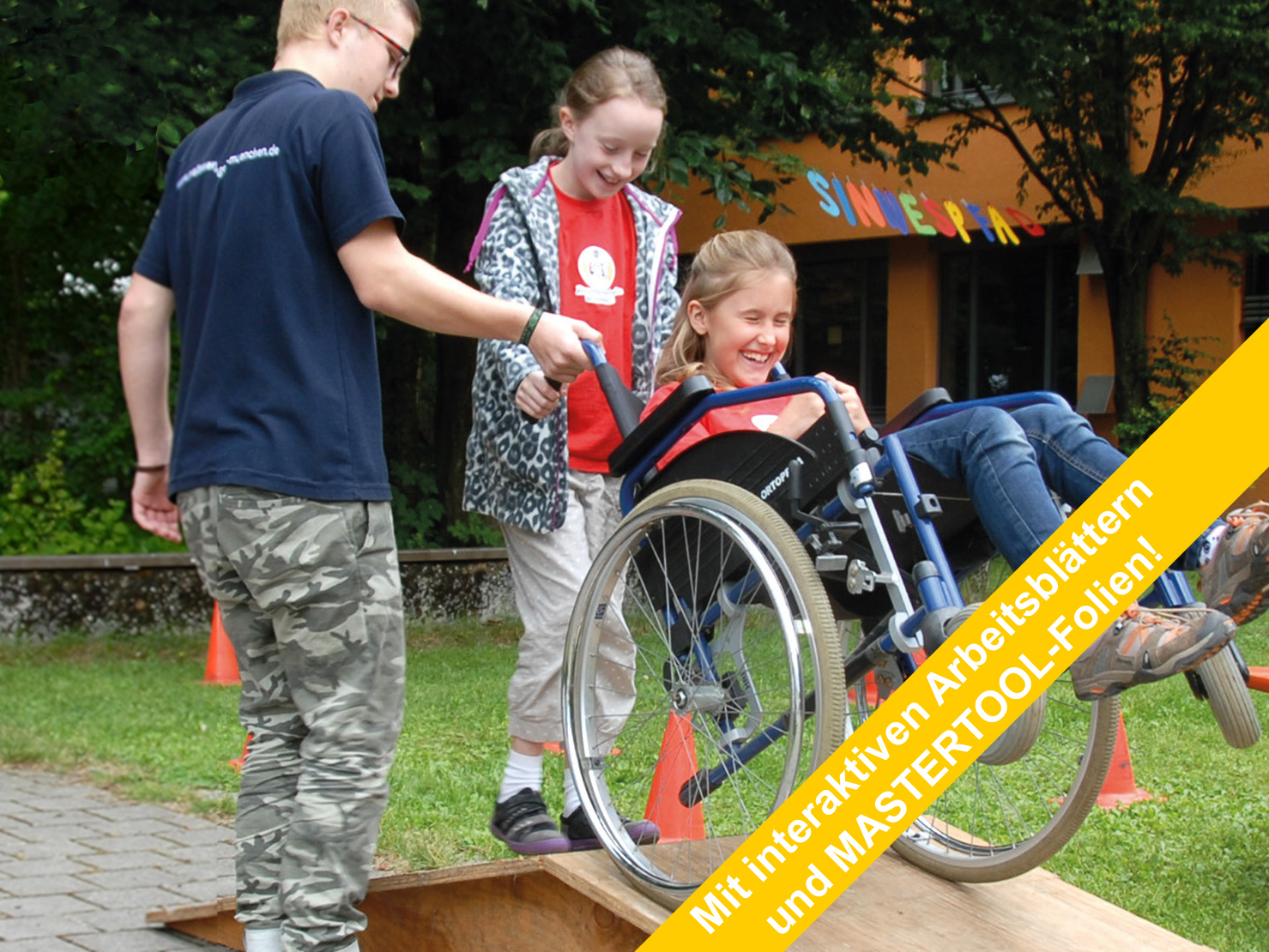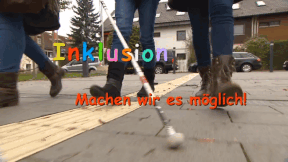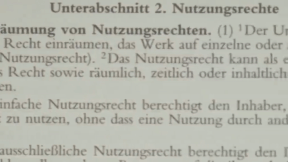 Biology
Biology
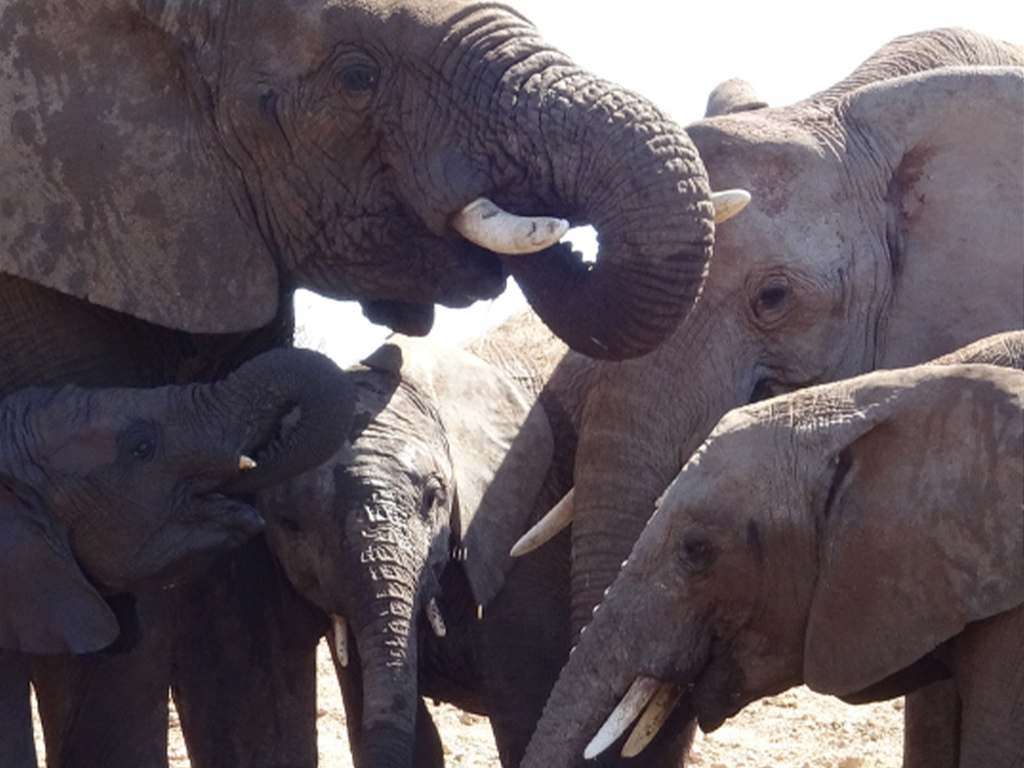

4677067 / 5564362
Elephants
Anatomy, Sense, Behavior
Elephants belong to the order of Proboscidea. On the one hand they are classed with the highly developed mammals, on the other hand we consider them quite primeval animals. Which is not too far out because a near relation, the mammoth, still lived during the last ice age. They developed from the stegodonts already during the Pliocene and their evolution can be traced back about 50 million years. Today elephants count among the animals threatened by extinction worldwide, and only two subgroups with one species each are left; the African and the Asian elephant. Their worldwide dissemination, like at the Tertiary period and the ice age, has long been a thing of the past. The relationship between man and elephant varies widely. In mythology and in Hinduism and Buddhism they are sometimes idolised. The image shows the god Ganesha, one of the Hindu gods. In other areas the elephant symbolises wisdom, strength and power.
Play trailer
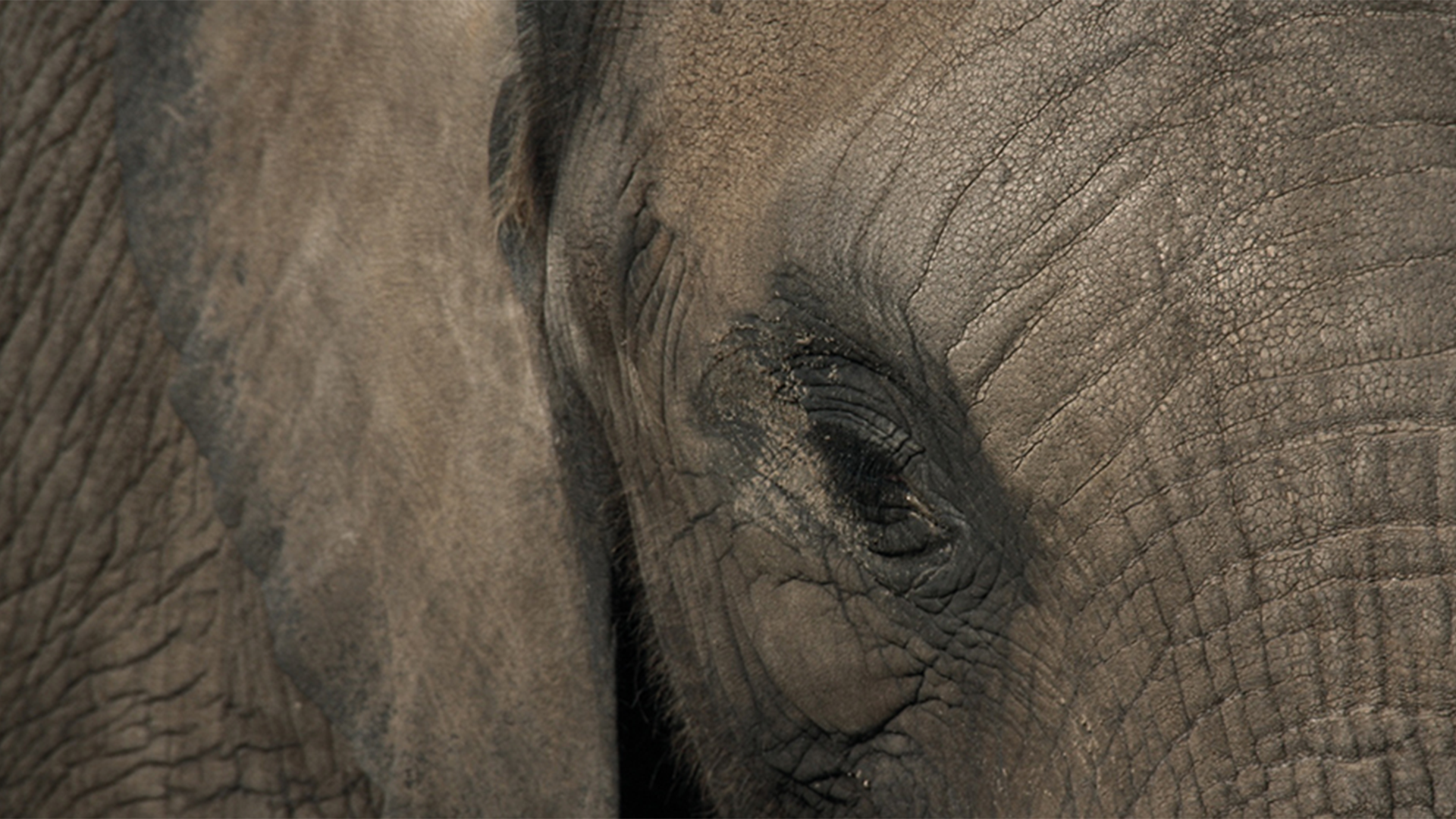
Curriculum-centred and oriented towards educational standards
Matching
Product Piracy
Counterfeiting takes place in almost all economic sectors – textiles, watches, car parts, machine parts, tools, accessories, software and medicines. Some counterfeits are easy to recognise, others are so well-executed that even experts have difficulty distinguishing between original and imitation. This DVD covers the development of a product from idea to manufacture. Once a product has become a trademark, product pirates appear on the scene.
Inclusion
Madita is eleven and blind. She does not want to go to a special school but to a regular grammar school. She says she feels "normal" there. Jonathan is eight and has a walking disability. He likes going to the school where he lives. Here, his best friend sits next to him. Max Dimpflmeier, a teacher who is severely deaf, explains that school life is not easy. Quote Max Dimpflmeier: "You don't want to attract attention, you want to avoid saying that it is necessary for you that 70 people adjust to your situation." People on their way to inclusion.
Copyright
Copyright is subject to constant change to keep up with technological advances. This film enables the viewer to grasp the basic principles of this extremely intricate matter. By way of introduction, the film defines what an author is, what kinds of works there are and how long a work is protected on principle. Then the fundamental rights of an author are cited and it is shown how these are exploited in our times. In the third chapter, the respective rights are illustrated by way of practice-oriented examples of books, photos, music and films. Here, of course, an emphasis is laid on the field of education, taking into account the latest case law within the EU and Austria in particular. A further chapter highlights the problems arising with the Internet and goes into the citation law and pirate copies. All in all, in this way the viewer is made familiar with the most important basic terms and their meanings. Comprehensive worksheets and additional accompanying material invite us to deepen our knowledge of the subject.




